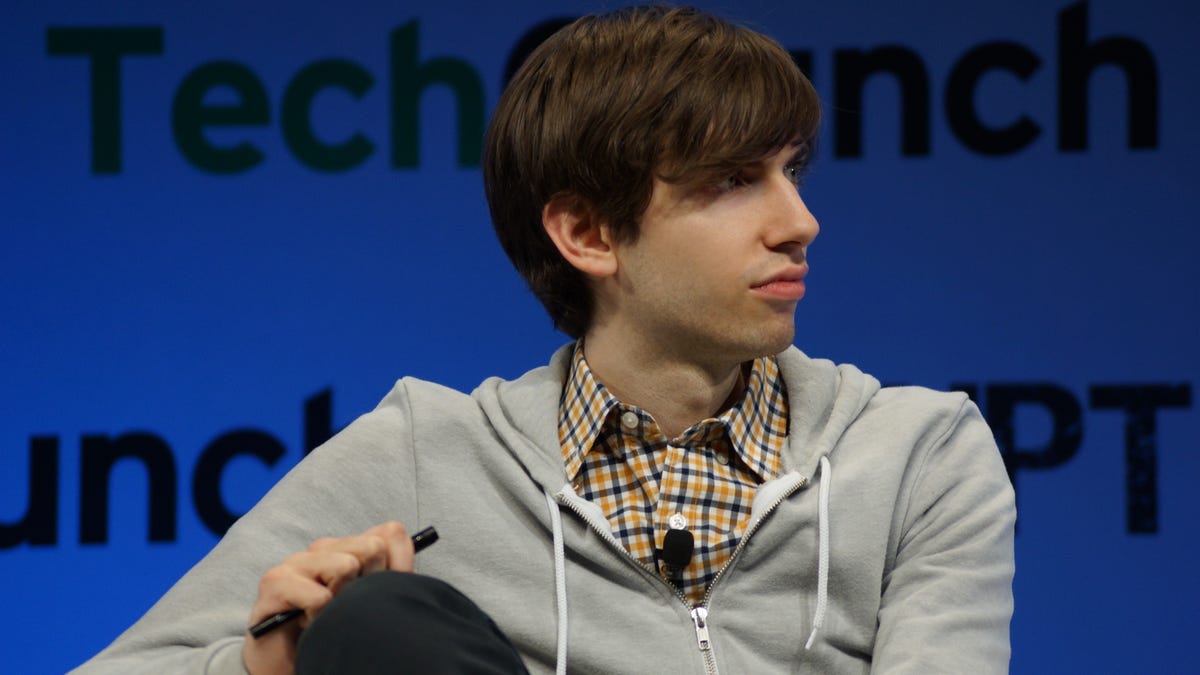Tumblr CEO says average cost of ad campaign tops six figures
David Karp says Tumblr wants to be a place for advertising agencies to "make ads that win awards," unlike on Twitter, Facebook, and other sites.

David Karp, speaking at the TechCrunch Disrupt conference in New York, noted that advertising remains Tumblr's biggest challenge, but it's seeing good traction with its efforts.
"Budgets are starting to ratchet up," Karp said. He noted that "some of the best advertisers in the world" are turning to Tumblr.
Tumblr sits alongside the Internet elites in terms of audience, but the 6-year-old blogging medium has lagged far behind Facebook and Twitter in the money-making department. The company has been trying to change that in recent months as it pushes a more aggressive strategy to get big brands to pay top dollar to reach its highly influential community.The company last month released advertisements inside its mobile apps.People who access the app on iOS and Android will now see ad units in the stream as they scroll through the dashboard. The ads are a mobile-enhanced version of Tumblr Radar, the blogging platform's take on sponsored content. The units are similar to Twitter's promoted tweets or Facebook's sponsored stories, in that the advertised content is native to the platform.
Karp argued that Tumblr's strategy is different from big social networks that try to replicate Google's advertising path. Largely, that means throwing ads on the page with "little blue links" that consumers have to click.
"What we're doing is giving advertisers space on a canvas to make the kinds of ads that win awards," Karp said. "That kind of advertising doesn't have a place on the Web today. ... You can't make an ad that anybody even remembers on Twitter or Facebook today."

